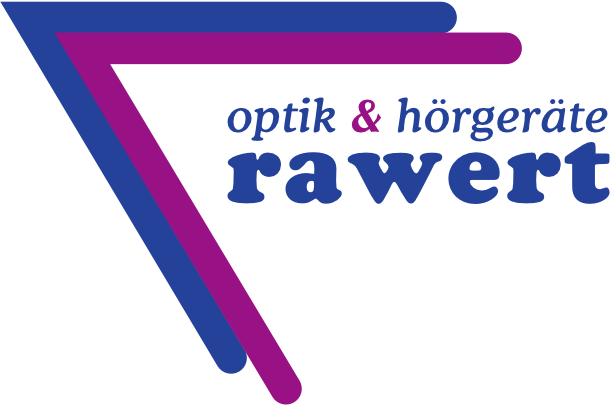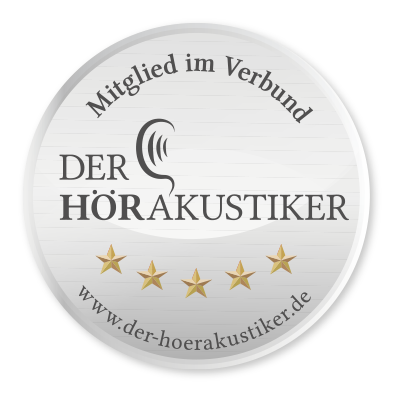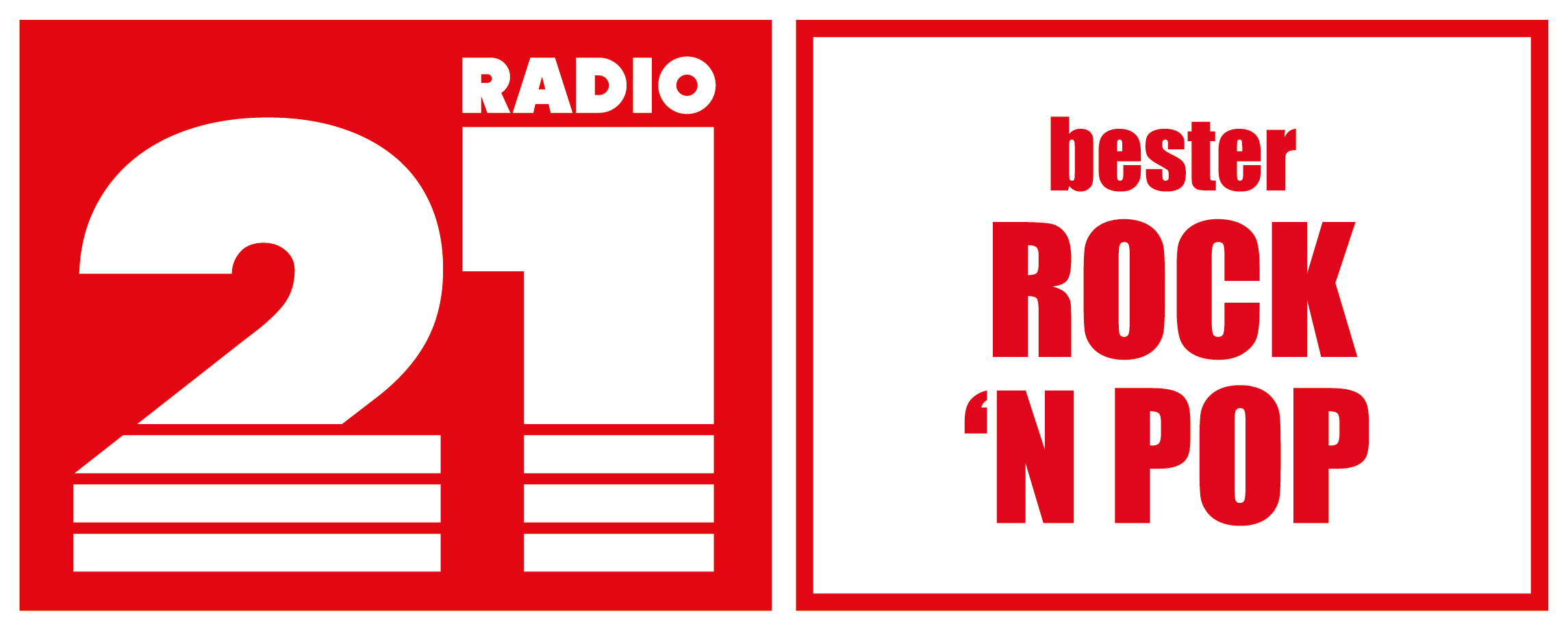Content
Access financial, operational and transactional data from across the organization. Easily customize dashboards, reports and visual analytics to provide a summary-level overview or an in-depth account of business activity. The “right” ERP system for your company is the one that supports your needs now and is scalable enough to grow with your business, with modules and features that drive savings and help you capitalize on opportunities. Finally, more companies are recognizing the value of IoT devices, like sensors, scanners and cameras, that can feed information back to the ERP. A sensor that monitors the performance of a piece of warehouse automation equipment, for instance, could alert a manager when the machinery starts operating more slowly.
This reduces inventory storage and increases delivery efficiency, and requires up-to-date data. Before 2014, Walmart used a system called Inforem developed by IBM to manage replenishment. Enterprise appliance transaction modules —These devices communicate directly with plant floor equipment and with the ERP system via methods supported by the ERP system. EATM can employ a staging table, web services, or system–specific program interfaces .
ERP Sidebar
While ERP is a category of business software, ERP systems comprise various modules, each addressing a specific business requirement. For example, products-based companies typically have modules for accounting, inventory and order management, customer relationship management and, if they produce or assemble products, manufacturing. Services businesses may turn to modules for accounting, project management, professional services automation and CRM. Whether it’s the number of widgets your company makes or the humans that install them, keeping more resources on hand than you need costs money. Enterprise resource planning solutions provide inventory management and analysis that allows companies to run leaner. Using technology like RFID tags, geofencing, and biometric data, enterprise resource planning systems can track assets through their entire lifecycle, from supply to sale.
- What can take employees days to analyze and compute can be achieved within minutes using an ERP solution.
- Seeking out third-party help for ERP implementation is common, and—in the case of enterprise vendors—usually necessary.
- They want a complete solution that includes everything from cloud computing to IoT devices.
- Several vendors are popular with SMBs, notably Acumatica, Sage Intacct and NetSuite, the SaaS ERP pioneer that is now part of Oracle.
- During their early days, they required loads of on-site servers and lots of individualized software customization.
- Its software products satisfy virtually every ERP need for companies in all sorts of industries.
- With ERP you can track everything from inventory to payroll, from purchasing to shipping.
The bottom line is to make sure you do your pricing homework before choosing an ERP system. To help with this part of the process, Acumatica commissioned Forrester, an independent, objective-research-based consulting firm, to study and report theTotal Economic Impact™ of Acumatica. We’ve also developed theAcumatica Cloud ERP Estimator—an interactive tool which will help you determine the savings, business benefits, and ROI Acumatica will bring to your company. To use SharePoint’s content AI services — Syntex — organizations should determine their pain points and plan thorough end-user … The platform for manufacturing companies comes with predictive maintenance and digital twin capabilities and is the vendor’s …
How To Begin a Software Comparison
Distribution management features assist with picking, cycle counting and production schedule management. Advanced financial reporting software also supports aging analysis, cash flow analysis and budgetary reporting. You’ll receive speedy notifications if your production floor experiences unexpected downtime from a spill or accident. If products are experiencing damage or malfunctions, you can quickly initiate recalls before complete distribution. Obtain real-time KPI and productivity data for rapid bottleneck detection.

There are many different ERP systems out there, but for the purposes of this post, we’re going to focus on the benefits of using ERP on the Salesforce platform. While many of the benefits are the same across the board, Salesforce enables additional capabilities and integrations to further connect business operations that would not otherwise be possible. The benefits of ERP vary widely depending on what type of business you run, how large your company is, and whether you operate within a single location or multiple locations. For example, small businesses typically don’t benefit much from ERP because there isn’t enough volume to justify the cost. However, larger businesses often find ERP beneficial because it allows them to maximize profits while minimizing expenses.
Benefits of ERP software
It supports analyzing data with embedded Microsoft Excel and Power BI capabilities. All capabilities are fully integrated and built using standard Microsoft tools. Work with a merged project management apparatus that provides automated control over financials and execution activities. You also manage capital asset projects, planning, budgeting and estimations enterprise software for 2025 and obtain resource availability and their performance metrics for project implementation. Systemize accounting with third-party transactional systems to implement bookkeeping policies and meet diverse reporting requirements in an automated and controlled technique. You may utilize support references to review results and assess subledgers.
The cloud can reduce both operational expenses and capital expenses because it eliminates the need for companies to purchase software and hardware, or hire additional IT staff. These resources can instead be invested in new business opportunities, and the organization is always up-to-date on the most recent ERP software. Employees can shift their focus from managing IT to more value-added tasks such as innovation and growth. A key ERP principle is the central collection of data for wide distribution. With a secure and centralized data repository, everyone in the organization can be confident that data is correct, up-to-date, and complete.
It keeps employee records with detailed information, like available PTO and performance reviews, and can tease out workforce trends in various departments or demographics. Services businesses often utilize a professional services automation module to plan and track projects, including the time and resources spent on them. It can simplify client billing and encourage collaboration among staff members working on a project.
Microsoft’s suite of Dynamics 365 software offers a variety of ERP options geared toward a broad range of business areas. The software is notable for its use of AI to provide insight into optimizing business operations. Microsoft bills its ERP systems as an excellent option for businesses that currently lack modern ERP software and still need to “break down” a siloed approach. Regulatory compliance can be a major headache for businesses across many different industries.
SAP Business One Professional
Once all departments are tied into the system, all data is collected on the server and becomes instantly available to those with permission to use it. Reports can be generated with metrics, graphs, or other visuals and aids a client might need to determine how the business and its departments are performing. The term „postmodern ERP“ was coined by Gartner in 2013, when it first appeared in the paper series „Predicts 2014“.
Default assigned discounts off lists or markups with diverse costing formulas so correct prices are connected to clients based on their tier as they produce their quotes or orders. Manage embedded AI methods for automatic ERP role design analysis, segregation of duties analysis, constant security configuration and payment monitoring, pre-set controls and control evaluation streamlining. You may also attest auditor compliance and collaboration and gain visibility with vivid role-based dashboards.
Optimize discrete manufacturing processes
Domain and data workshops also occur to identify data structures, cleansing and migration issues. We also gather customer-specific requirements for subsidiary services, such as interfacing, EDI, eInvoicing, etc. and complete the technical work to include those subsidiary services. Picking and deploying an ERP system can be a daunting task with many software solutions to choose from. When selecting an ERP system, it is important that the software meets the needs and goals of your company while having the support required to implement an ERP system.
Its financial management tool coordinates with production workflows so that as transactions are made, they are automatically inputted to the general ledger. It also allows users to plan transportation logistics and look at factors such as volume and necessary stops when planning routes. This program further enables users to optimize the supply chain through visualization and control of a variety of processes. Users can benefit from personalized dashboards that leverage real-time data so that quicker and more relevant insights can be developed. Because ERP systems are modular, traditional ERP systems often required multiple servers to fully function. There may be one server for the financial module, one for the back-end database, one for the inventory management system, and so on.
ERP System Implementation
Additionally, cloud-based ERP applications are often embedded with next-generation technologies, such as the internet of things , blockchain, AI, machine learning, and digital assistants. Since ERP systems are comprehensive across an enterprise, their management often involves a partnership with the CFO as well as the CIO, COO, and other key executive leaders. Our suite of enterprise resource planning tools is tailored to your business needs so you can streamline operations and collaborate effectively across departments. It provides essential real-time information about your company, highlighting areas for improvement, and ensures you comply with financial regulations—all from one secure and easy-to-use ERP platform. Enterprise resource planning software provides business operations with many benefits, including operational efficiency to improve the organization’s overall functionality.
It tracks all communications with clients, assists with lead management and can enhance customer service and boost sales. A finance module, the foundation of just about every ERP system, manages the general ledger and all financial data. It tracks every transaction, including accounts payable and accounts receivable , and handles reconciliations and financial reporting. When a company uses business systems from multiple vendors, integrations are generally possible to make data automatically flow into the ERP. This real-time data can then be used throughout the ERP instance to benefit any process or workflow. PCMag.com is a leading authority on technology, delivering lab-based, independent reviews of the latest products and services.
ERP examples in different industries
Some connectors operate in real time, others sync up systems on a daily or weekly basis. Some move only a limited set of data between systems, and some work in only one direction — say, from an inventory management system into the ERP. If your team has done extensive custom configurations, some data types might not be known to the connector. ERP implementations are important projects that, without proper preparation, can eat up a lot of time and money.
This reduces manual, and sometimes duplicative, data entry, saving time and minimizing errors. Automation frees up your staff to focus on value-added work that takes advantage of their special knowledge and skills. The right ERP system will be scalable and flexible enough to meet your company’s needs today and for the foreseeable future. Cloud systems in particular adapt to minor and major operational changes even as the amount of data the organization captures and demand for access increase. There are several deployment models for ERP software, including on-premises, cloud and hybrid. While cloud ERP has become extremely popular in recent years, the best approach for any given company depends on its needs.
The complexity of the global economy and modern consumer demands have made streamlining business processes and managing and optimizing data critical. FinancialForce accelerates business growth with customer-centric ERP, Professional Services Automation , and Customer Success solutions. Run on the leading cloud platform, Salesforce, FinancialForce enables organizations to unlock customer insights, deliver innovative experiences, run a connected services business, and achieve agility and resilience. But today’s businesses also need a way to unify sellers with other key business functions, including professional services teams and traditionally back-office roles, such as accounting and finance.



